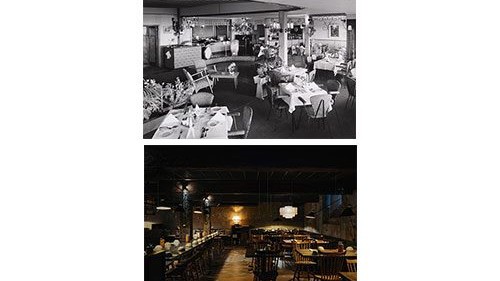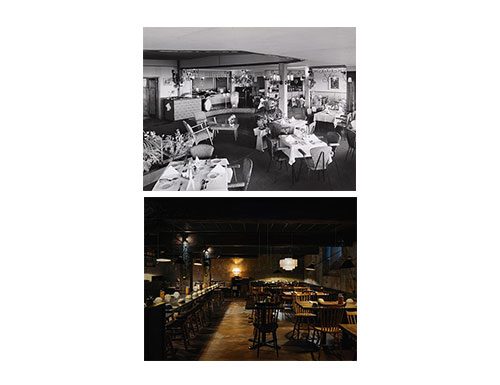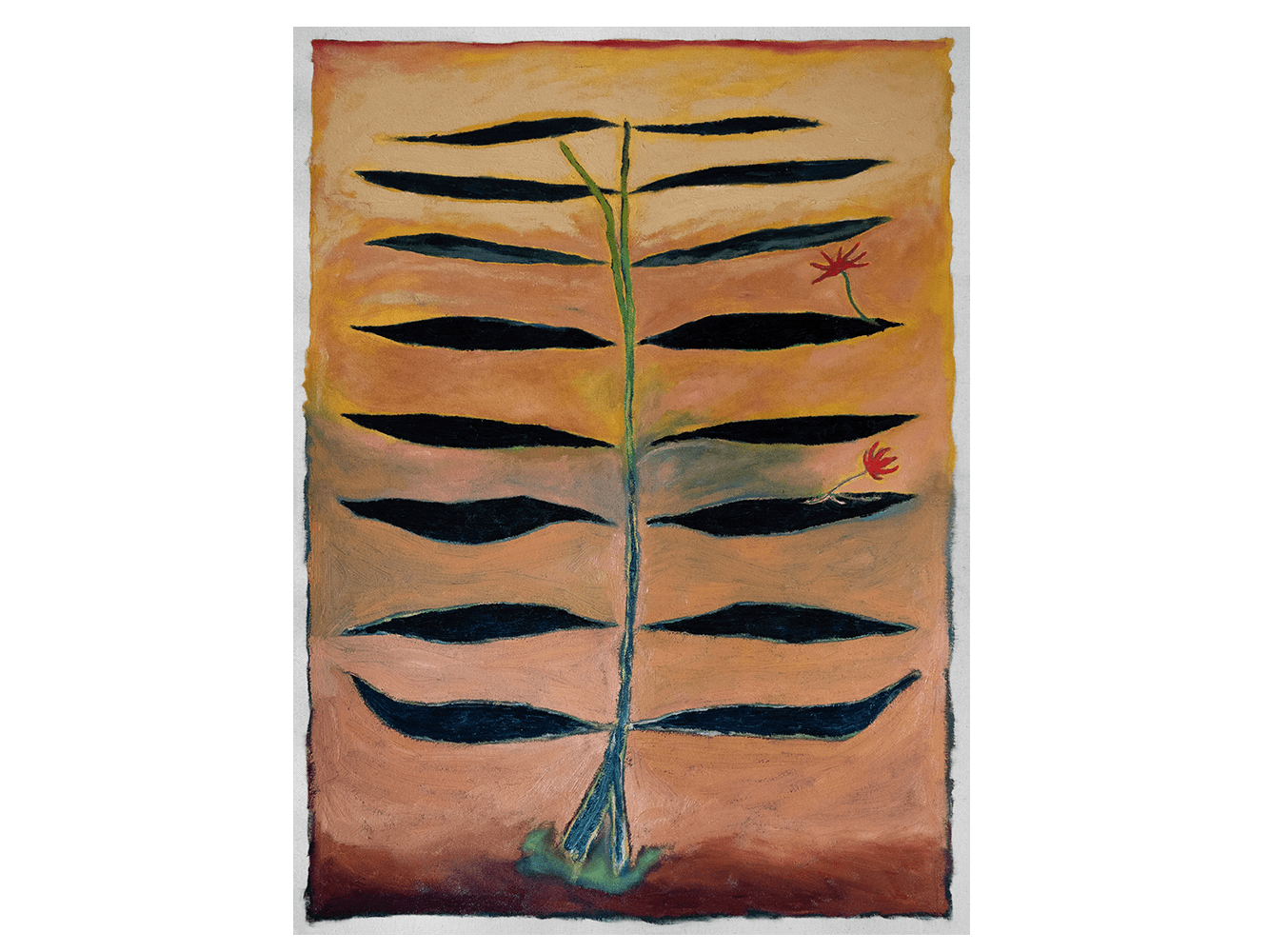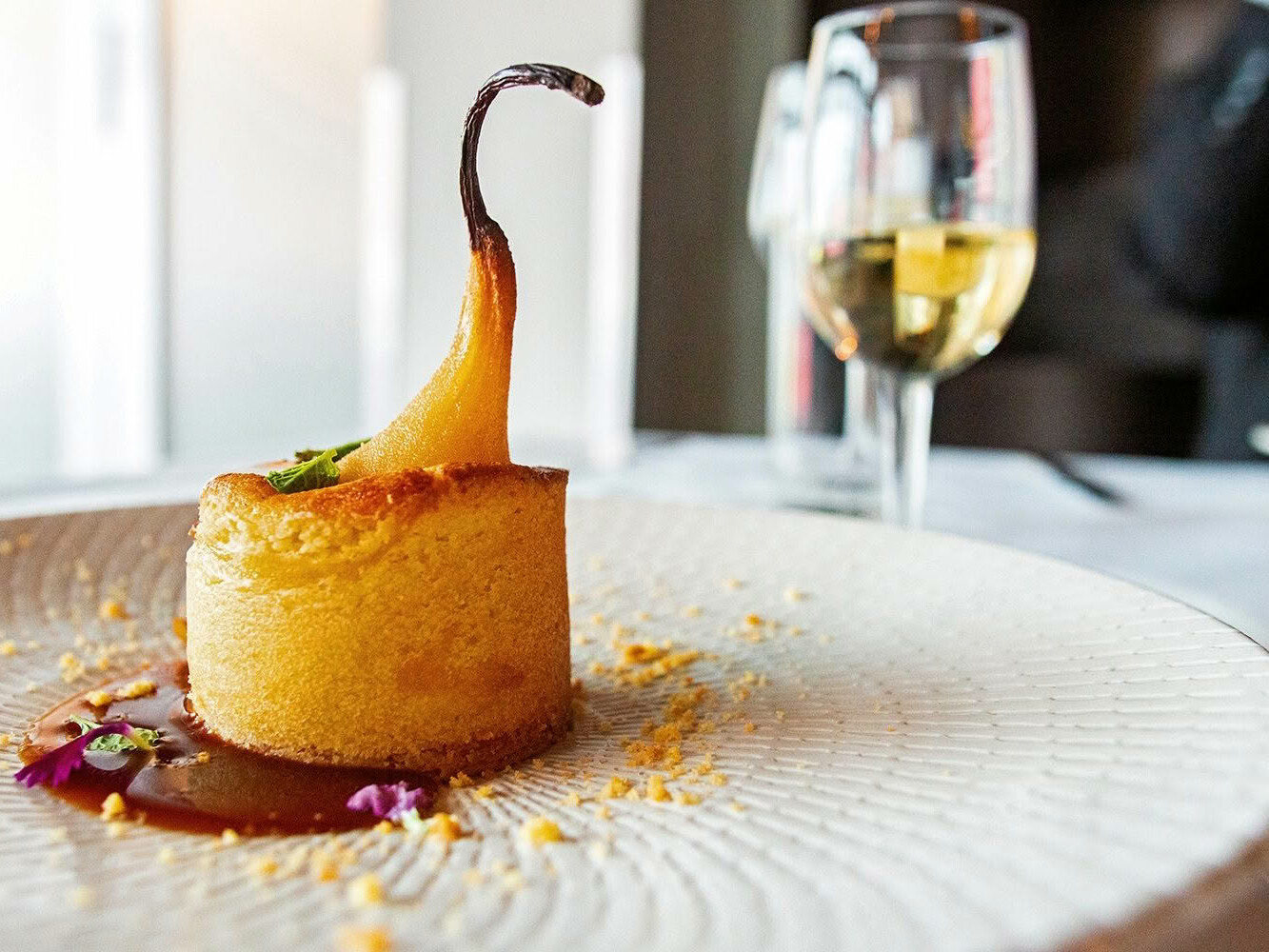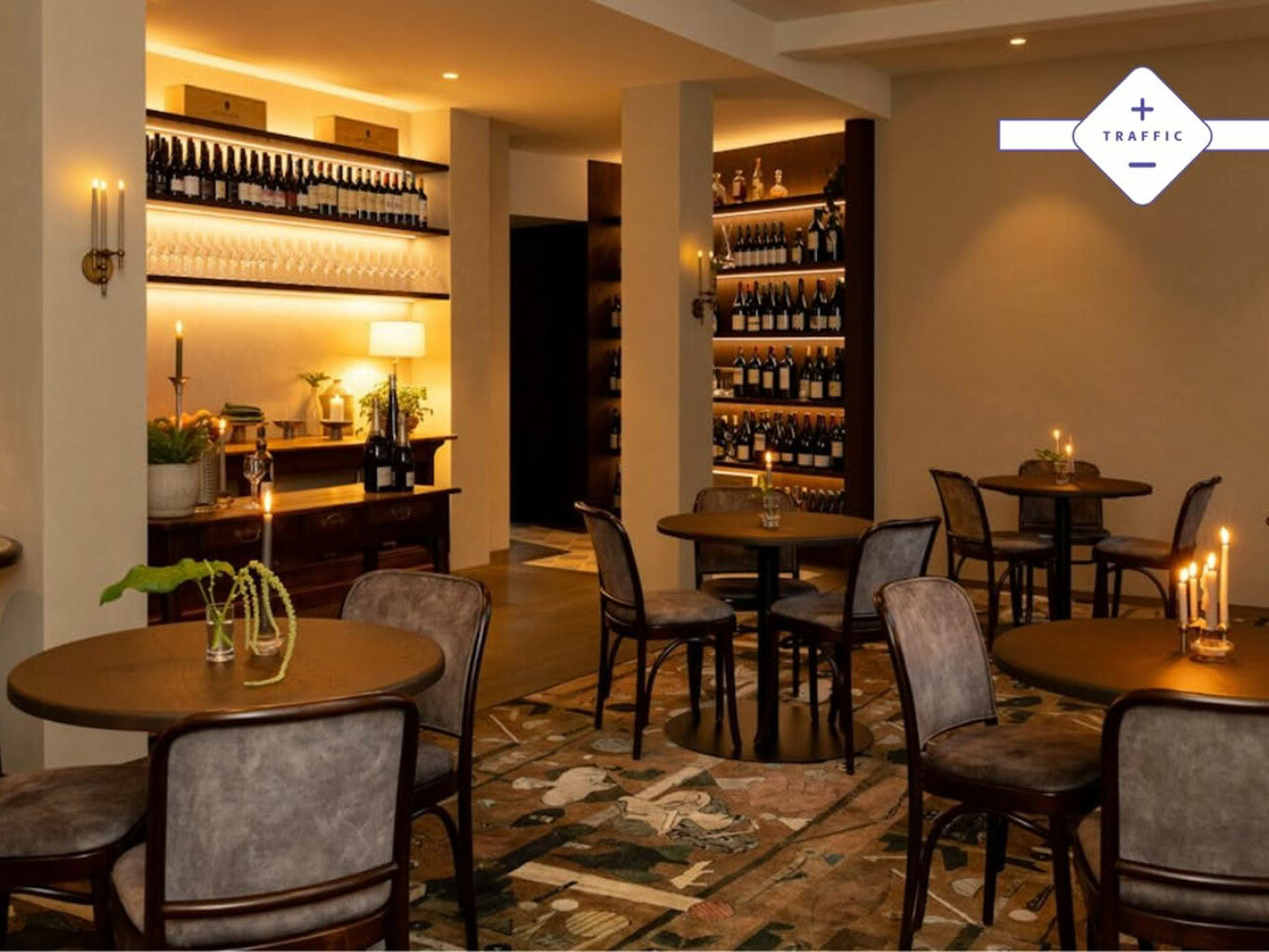Claire McCall reveals that a restaurant is so much more than what is on the menu.
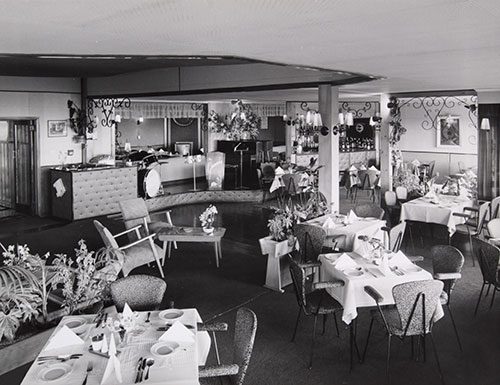
1960s
It wasn’t just westies who rocked up in their best get-ups to events at the Dutch Kiwi Inn, a wooden cottage with a corrugated top on a primo patch overlooking the Waitakere bush. The Scenic Drive destination, established by European immigrants, came kitted with a dining room, a stage with a deep-buttoned front, and a DJ booth – the zenith of dine-and-dance razzle dazzle in the swinging sixties. Decades previously it had been a boarding-house stopover for Aucklanders on their way to the coast, before it became THE place to trip the light fantastic to celebrate weddings and 21sts. Simply abandon the Chevy at the door for a night of feasting and fancy footwork. Today’s mod squad would swoon at the reception-lounge décor – cue Scandi-style mid-century chairs and planter boxes on legs. A shandy at the bar was a cool way to break up a journey to or from the surf and, in the dining room, crisp white tablecloths transformed Formica to formal. While carpetbag steak, beef Wellington and crayfish mornay were highlights of the menu, perhaps it was the chicken in a basket that sparked more than digestive anticipation. One fateful night in early 1970, fire appliances from Titirangi, Glen Eden and Henderson rushed to the scene. Too late. With no reticulated water, the building didn’t stand a chance. Its dance floor may be dust, its meals a memory but for those who know, the Dutch Kiwi still flies high.
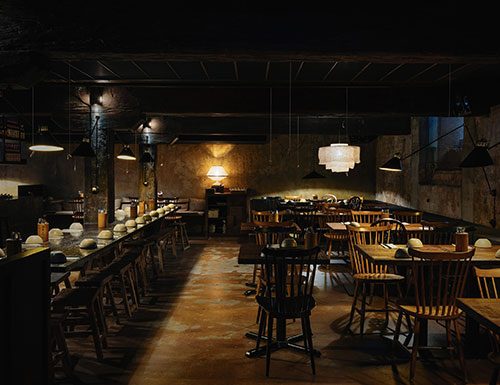
2021
LABYRINTHINE. Even the word is evocative. For first-timers, the journey to Ghost Street is a discovery. It begins in a Britomart laneway, continues down a corridor, steps curiously along a pathway past a bathroom… a hesitation and then, at last, a sign: a candle shimmers above the name. The experience of this subterranean Chinese restaurant starts off ethereal – underground and unworldly – but the food packs a punch that deposits the diner swiftly in the here and now. Dajiang Tai of Cheshire Architects calls this restaurant “a beautiful memory of China” where ‘authentic’ is not defined by a specific date or place or, for that matter, by dragons and gaudy red lanterns – but rather by the future rolled into the past. Sichuan and Xi’an dishes such as silky, spicy biang biang noodles and lip-numbing snapper in a ‘sea of fire’ are powerful forces let loose within the raw shell of this former nightclub, where haloed light and dark wood tables set an antiqued ambience. “Nothing is shiny or new; it all looks like it has been here 200 years,” says Dajiang. In crafting a fully immersive experience, the players have not put a foot wrong. Amid the magic and mystery that lies beyond the bamboo curtain, the chefs on the floor clang and chop and bash and sizzle and flame – an energetic, elegant show of skill. This phantom theatre is very, very real. How do you get to Ghost Street? Just follow your instinct. ■
SEE MORE FROM CUISINE
Design File / Jessica Crowe / stylist, painter / Whangamatā
Though you may not know Jessica Crowe’s name, if you are a regular…
Traffic July / August 2025
Josh and Helen Emett continue the elegance and success of Gilt, with…

